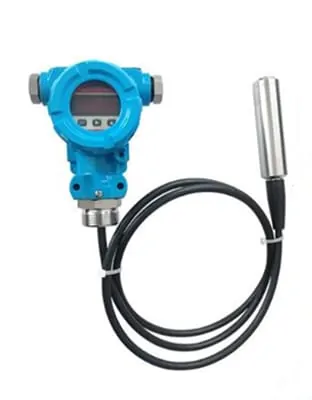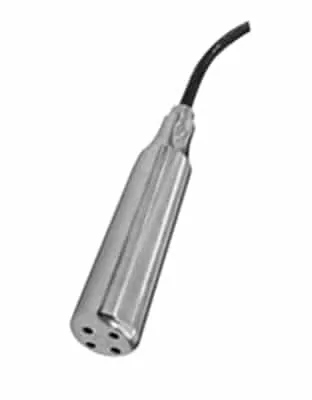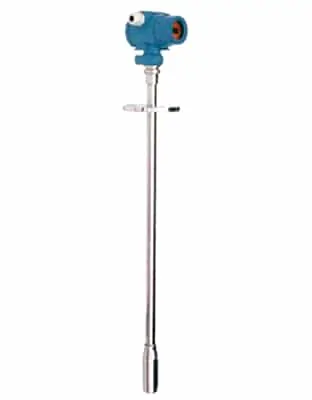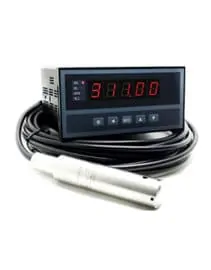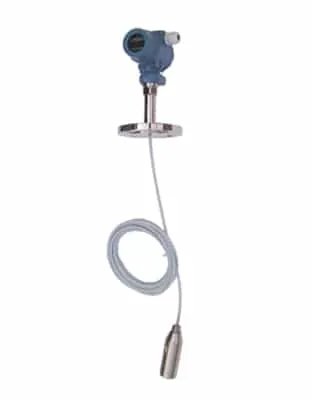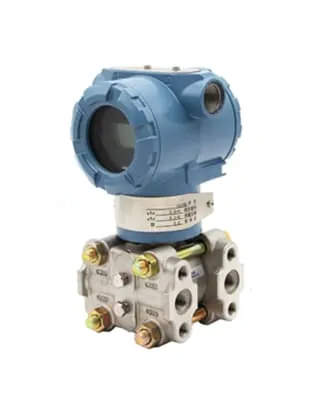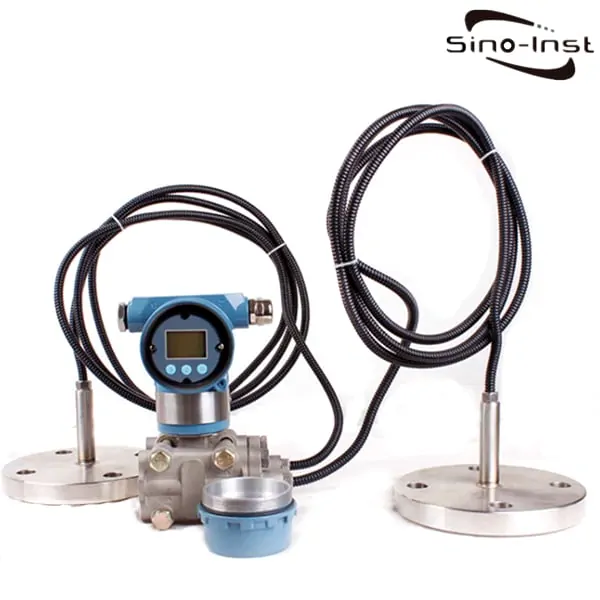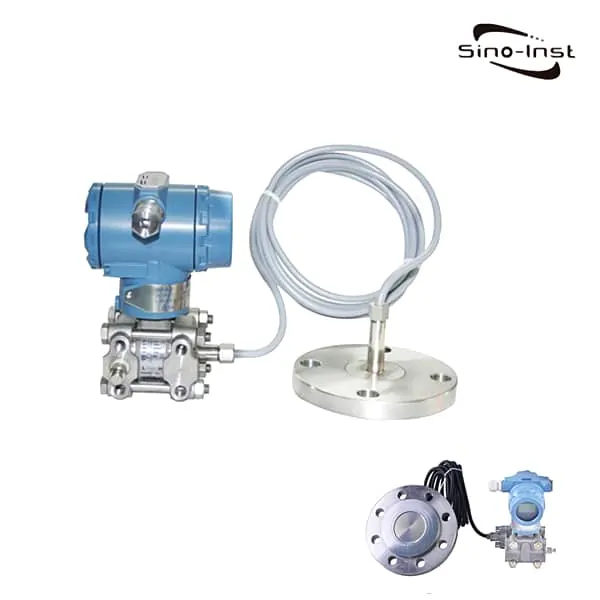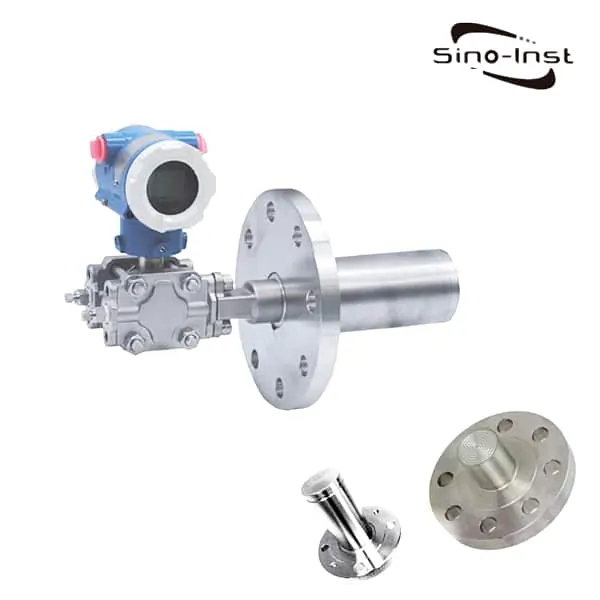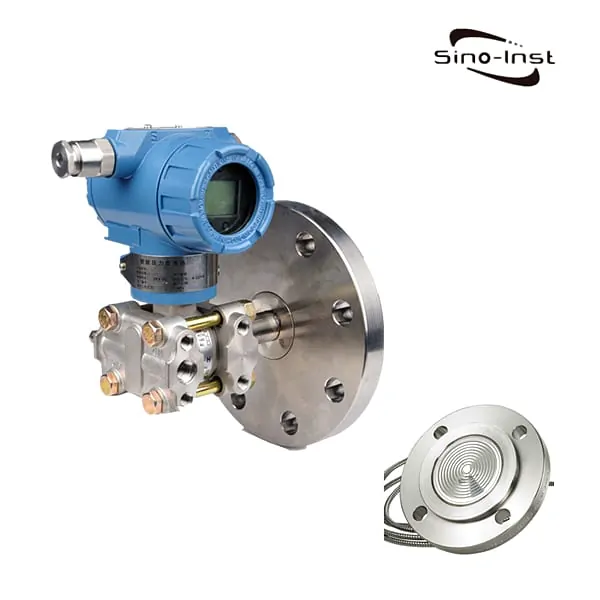What Is Static Water Pressure?
Definition of Static Water Pressure: Static Water Pressure refers to the pressure on water when it is stationary or moving in a straight line at a constant speed. Static Water Pressure is also called hydrostatic pressure. In fluid dynamics, many authors use the term static pressure, not just pressure, to avoid ambiguity. In general, however, the word “static” can be discarded, and the pressure in use is the same as the static pressure at a given point in the fluid.
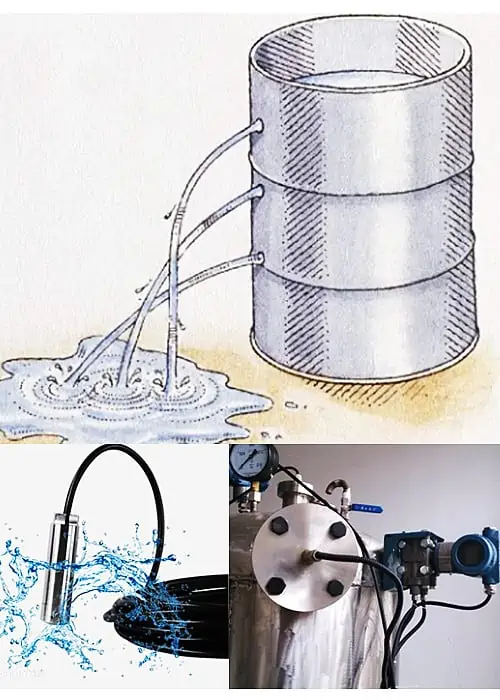
How to Calculate static water pressure?
Static Water Pressure Formula
Static Water Pressure or Hydrostatic pressure in a liquid can be calculated as:
p = ρ*g*h
Where:
p = pressure in liquid (N/m2, Pa, lbf/ft2, psf)
ρ = density of liquid (kg/m3, slugs/ft3)
g = acceleration of gravity (9.81 m/s2, 32.17405 ft/s2)
h = height of fluid column – or depth in the fluid where pressure is measured (m, ft)
Extended reading: Static pressure vs dynamic pressure vs total pressure
Height of Water Column to Pressure
| Height of Water Column | Pressure | ||||
|---|---|---|---|---|---|
| (m) | (ft) | (kPa) | (bar) | (atm) | (psi) |
| 1 | 3.28 | 9.81 | 0.098 | 0.097 | 1.42 |
| 2 | 6.56 | 19.6 | 0.196 | 0.194 | 2.85 |
| 3 | 9.84 | 29.4 | 0.294 | 0.290 | 4.27 |
| 4 | 13.1 | 39.2 | 0.392 | 0.387 | 5.69 |
| 5 | 16.4 | 49.1 | 0.491 | 0.484 | 7.11 |
| 6 | 19.7 | 58.9 | 0.589 | 0.581 | 8.54 |
| 7 | 23.0 | 68.7 | 0.687 | 0.678 | 10.0 |
| 8 | 26.2 | 78.5 | 0.785 | 0.775 | 11.4 |
| 9 | 29.5 | 88.3 | 0.883 | 0.871 | 12.8 |
| 10 | 32.8 | 98.1 | 0.981 | 0.968 | 14.2 |
| 12 | 39.4 | 118 | 1.18 | 1.16 | 17.1 |
| 14 | 45.9 | 137 | 1.37 | 1.36 | 19.9 |
| 16 | 52.5 | 157 | 1.57 | 1.55 | 22.8 |
| 18 | 59.0 | 177 | 1.77 | 1.74 | 25.6 |
| 20 | 65.6 | 196 | 1.96 | 1.94 | 28.5 |
| 25 | 82.0 | 245 | 2.45 | 2.42 | 35.6 |
| 30 | 98.4 | 294 | 2.94 | 2.90 | 42.7 |
| 35 | 115 | 343 | 3.43 | 3.39 | 49.8 |
| 40 | 131 | 392 | 3.92 | 3.87 | 56.9 |
| 50 | 164 | 491 | 4.91 | 4.84 | 71.1 |
| 60 | 197 | 589 | 5.89 | 5.81 | 85.4 |
| 70 | 230 | 687 | 6.87 | 6.78 | 100 |
| 80 | 262 | 785 | 7.85 | 7.75 | 114 |
| 90 | 295 | 883 | 8.83 | 8.71 | 128 |
| 100 | 328 | 981 | 9.81 | 9.68 |
142 |
Extended reading: extrusion melt pressure transducer
Extended reading: Pressure Sensor Applications-Featured Industry Applications
Static Water Pressure Calculator
The Static Water Pressure Calculator can easily and quickly calculate the pressure value. Here is a nice online tool:
Open: Hydrostatic Pressure Calculator
Static Water Pressure Gauge
In the process of industrial process control and technical measurement, because the elastic sensitive element of the mechanical water pressure gauge (Static Water Pressure Gauge) has the characteristics of high mechanical strength and convenient production, the mechanical water pressure gauge is widely used.
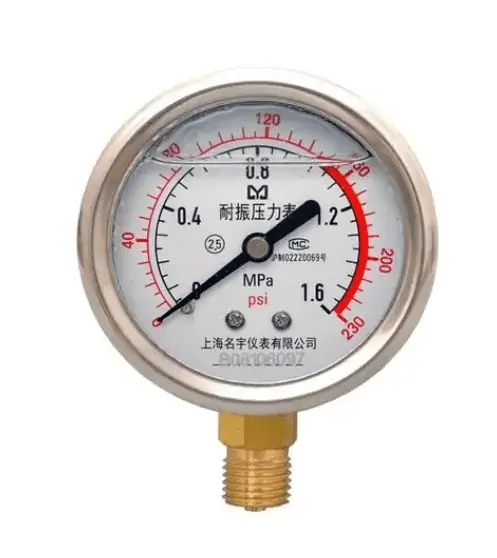
The elastic sensing element in the Static Water Pressure Gauge elastically deforms as the pressure changes. Static Water Pressure Gauge adopts spring tube (Bourdon tube), diaphragm, diaphragm, bellows and other sensitive components and is classified according to this. The measured pressure is generally regarded as relative pressure. Generally, the relative point is selected as atmospheric pressure.
The elastic deformation of the elastic element under the action of medium pressure is amplified by the gear transmission mechanism of the water pressure gauge. The water pressure gauge will display the relative value (high or low) relative to the atmospheric pressure.
The pressure value within the measurement range is displayed by the pointer. The indication range of the dial is generally 270 degrees.
It can be divided into precision water pressure gauge and general water pressure gauge. The measurement accuracy levels of precision water pressure gauges are 0.1, 0.16, 0.25, 0.4 and 0.05 respectively. The measurement accuracy levels of general water pressure gauges are 1.0, 1.6, 2.5 and 4.0 respectively.
Extended Reading: Up to 800°C High Temperature Pressure Sensor
Static Pressure vs Dynamic Pressure
Extended Reading: LORA water meter
Water Pressure Is Measured by Which Instrument
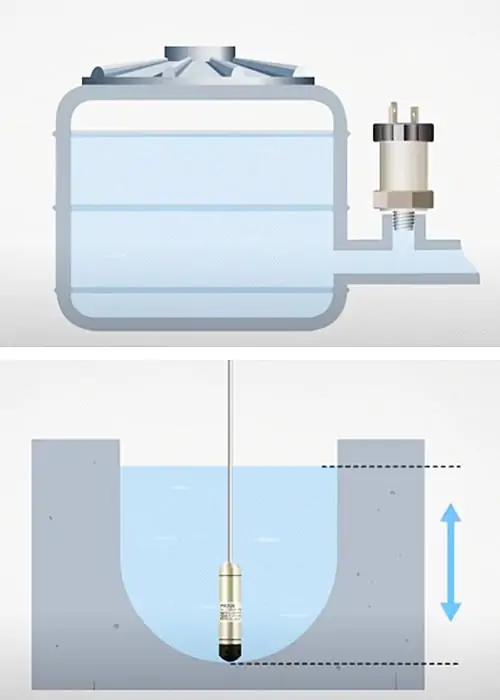
In industry, there are multiple instrument options for measuring the static pressure of water.
For example. If you need to measure the water pressure on the pipeline, you can choose a water pressure gauge or a pressure transmitter.
If you need to measure the water pressure in the tank, you can use a diaphragm pressure or differential pressure transmitter.
If Need to measure the pressure of downhole water, you can use a submersible level sensor. The latter two are also commonly used for water level measurement.
Read More: Hydrostatic Level Measurement
Read more about: How to Calculate Pressure Drop in a Pipe?
Frequently
Asked
Questions
Related Blogs
Sino-Inst offers over 20 Static Pressure/Hydrostatic Pressure Transmitter. A wide variety of Static Pressure/Hydrostatic Pressure Transmitter options are available to you. Such as free samples, paid samples. Read more about: What Are 0-10V Pressure Transducers?
Sino-Inst is a globally recognized manufacturer of Static Pressure/Hydrostatic Pressure Transmitters, located in China. Sino-Inst sells through a mature distribution network that reaches all 30 countries worldwide. Static Pressure/Hydrostatic Pressure Transmitters products are most popular in Europe, Southeast Asia, and Mid East. You can ensure product safety by selecting from certified suppliers. With ISO9001, ISO14001 certification.
Request a Quote

Wu Peng, born in 1980, is a highly respected and accomplished male engineer with extensive experience in the field of automation. With over 20 years of industry experience, Wu has made significant contributions to both academia and engineering projects.
Throughout his career, Wu Peng has participated in numerous national and international engineering projects. Some of his most notable projects include the development of an intelligent control system for oil refineries, the design of a cutting-edge distributed control system for petrochemical plants, and the optimization of control algorithms for natural gas pipelines.

